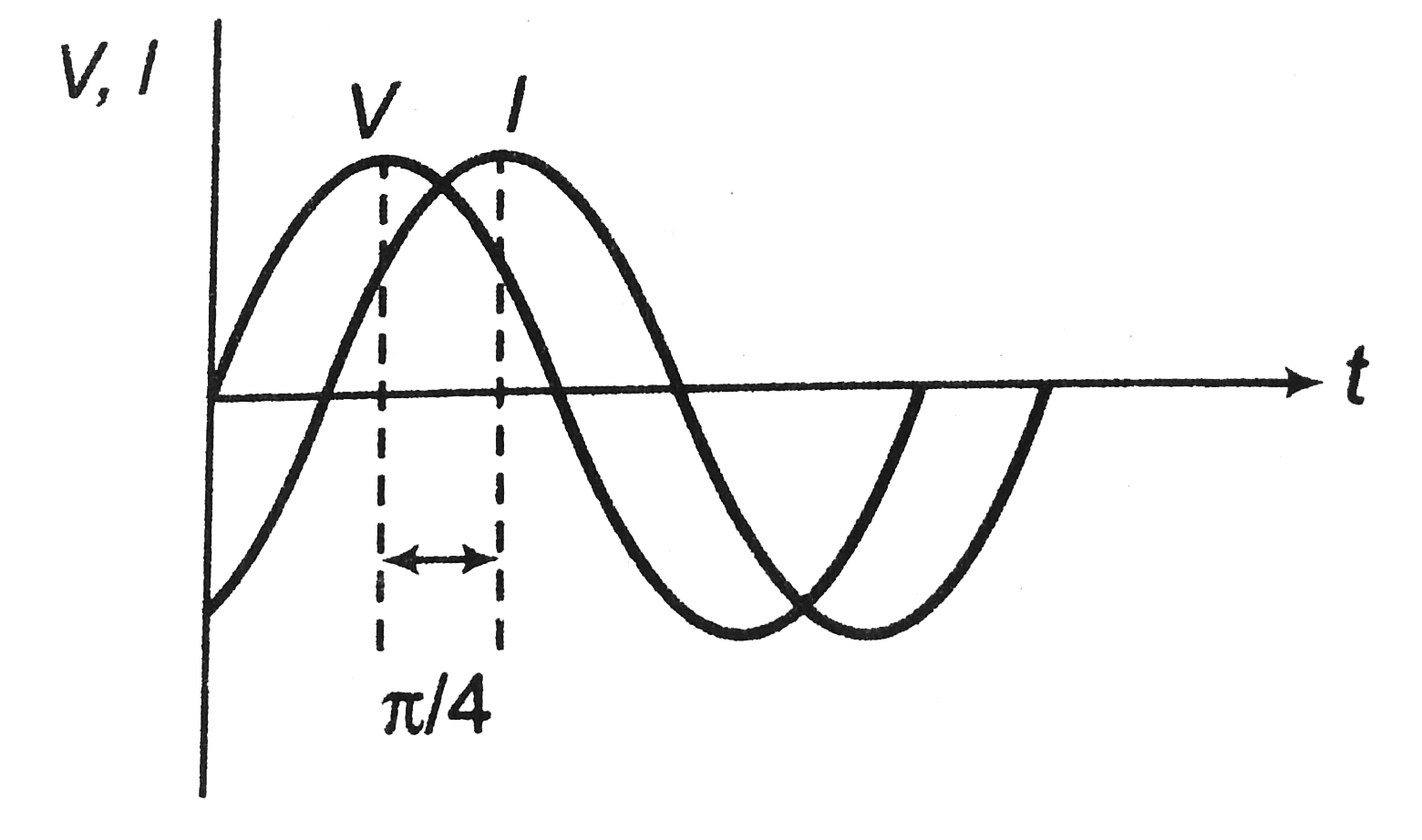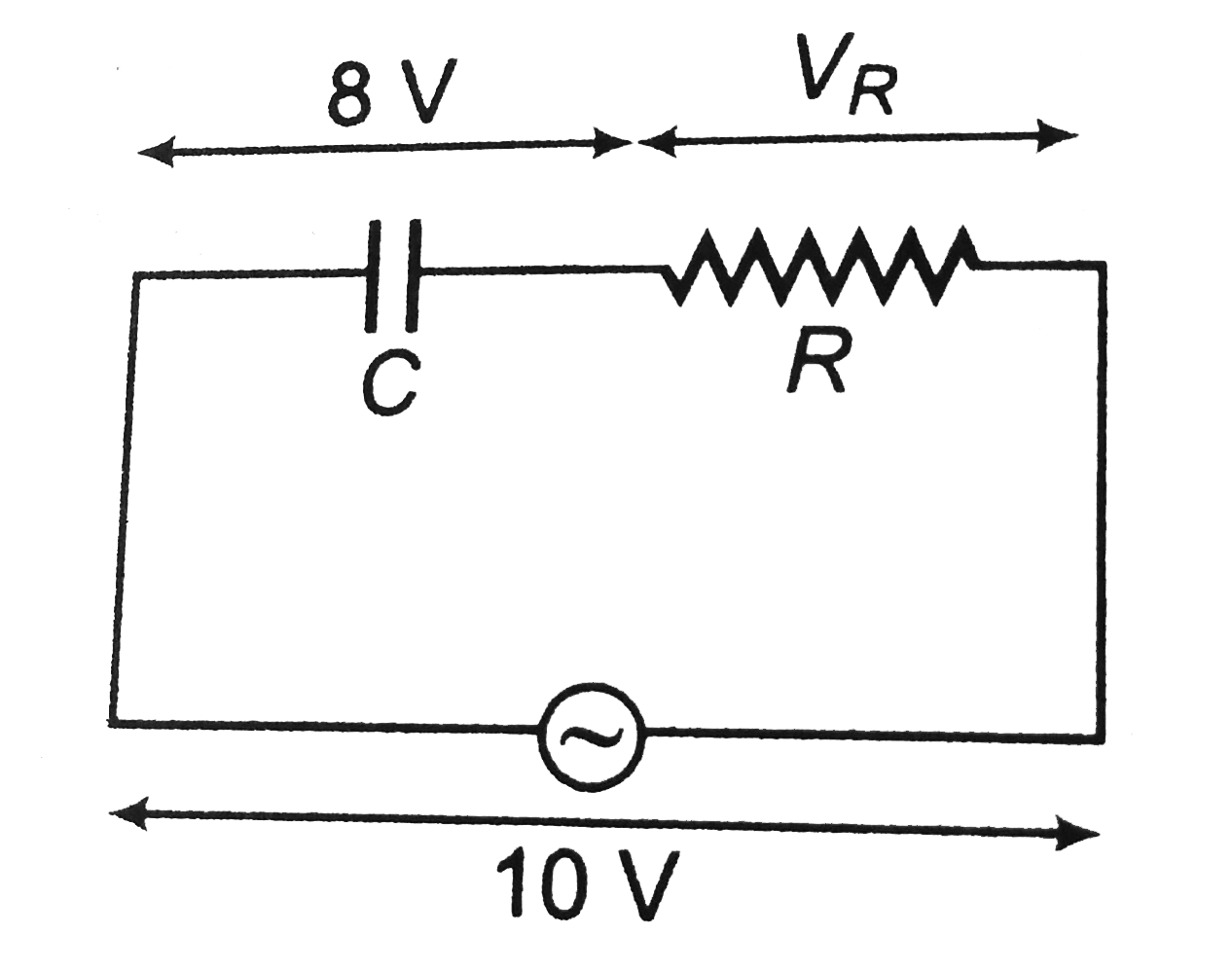In a common base ampifier , the phase difference between the input signal and output voltage is
zero
The correct Answer is:A
To determine the phase difference between the input signal and the output voltage in a common base amplifier, we can follow these steps:
1. Understand the Configuration:
- In a common base amplifier, the input signal is applied to the emitter terminal, and the output is taken from the collector terminal.
2. Identify Phase Relationships:
- In a common base configuration, the input and output signals are related in such a way that the output voltage is in phase with the input voltage.
3. Define Phase Difference:
- The phase difference (Δφ) between the input signal and the output voltage can be expressed as:
Δϕ=ϕout−ϕin
- Where ϕout is the phase of the output voltage and ϕin is the phase of the input voltage.
4. Determine the Phases:
- Since the output voltage is in phase with the input voltage in a common base amplifier, we can say:
ϕout=ϕin
5. Calculate the Phase Difference:
- Substituting the phase values into the phase difference formula:
Δϕ=ϕout−ϕin=ϕin−ϕin=0
6. Conclusion:
- Therefore, the phase difference between the input signal and the output voltage in a common base amplifier is 0 degrees.
Final Answer:
The phase difference between the input signal and output voltage in a common base amplifier is 0 degrees.
---
- In a common base amplifier, the input signal is applied to the emitter terminal, and the output is taken from the collector terminal.
- In a common base configuration, the input and output signals are related in such a way that the output voltage is in phase with the input voltage.
- The phase difference (Δφ) between the input signal and the output voltage can be expressed as:
Δϕ=ϕout−ϕin
- Where ϕout is the phase of the output voltage and ϕin is the phase of the input voltage.
- Since the output voltage is in phase with the input voltage in a common base amplifier, we can say:
ϕout=ϕin
- Substituting the phase values into the phase difference formula:
Δϕ=ϕout−ϕin=ϕin−ϕin=0
- Therefore, the phase difference between the input signal and the output voltage in a common base amplifier is 0 degrees.
The phase difference between the input signal and output voltage in a common base amplifier is 0 degrees.
Similar Questions
When a triode is used as an amplifier the phase difference between the input signal voltage and the output is
View SolutionIn a common emitter amplifier circuit using an n-p-n transistor, the phase difference between the input and the output voltages will be:-
View SolutionIn a series LCR circuit resistance R=10Ω and the impedance Z=10Ω The phase difference between the current and the voltage is
View SolutionFind the phase difference between voltage and current in L-C circuit.
View SolutionAn Ac voltage V=V0sin100t is applied to the circuit, the phase difference between current and voltage is found to be π4, then
 .
.
View SolutionAn Ac voltage V=V0sin100t is applied to the circuit, the phase difference between current and voltage is found to be π4, then
 .
.
View SolutionIn a series C−R circuit shown in figureure, the applied voltage is 10V and the voltage across capacitor is found to8V. The voltage across R, and the phase difference between current and the applied voltage will respectively be
 .
.
View SolutionIn a series C−R circuit shown in figureure, the applied voltage is 10V and the voltage across capacitor is found to8V. The voltage across R, and the phase difference between current and the applied voltage will respectively be
 .
.
View SolutionThe phase difference between voltage and current in series L-C circuit is
View SolutionIn series LCR circuit, the phase difference between voltage across L and voltage across C is
View Solution
